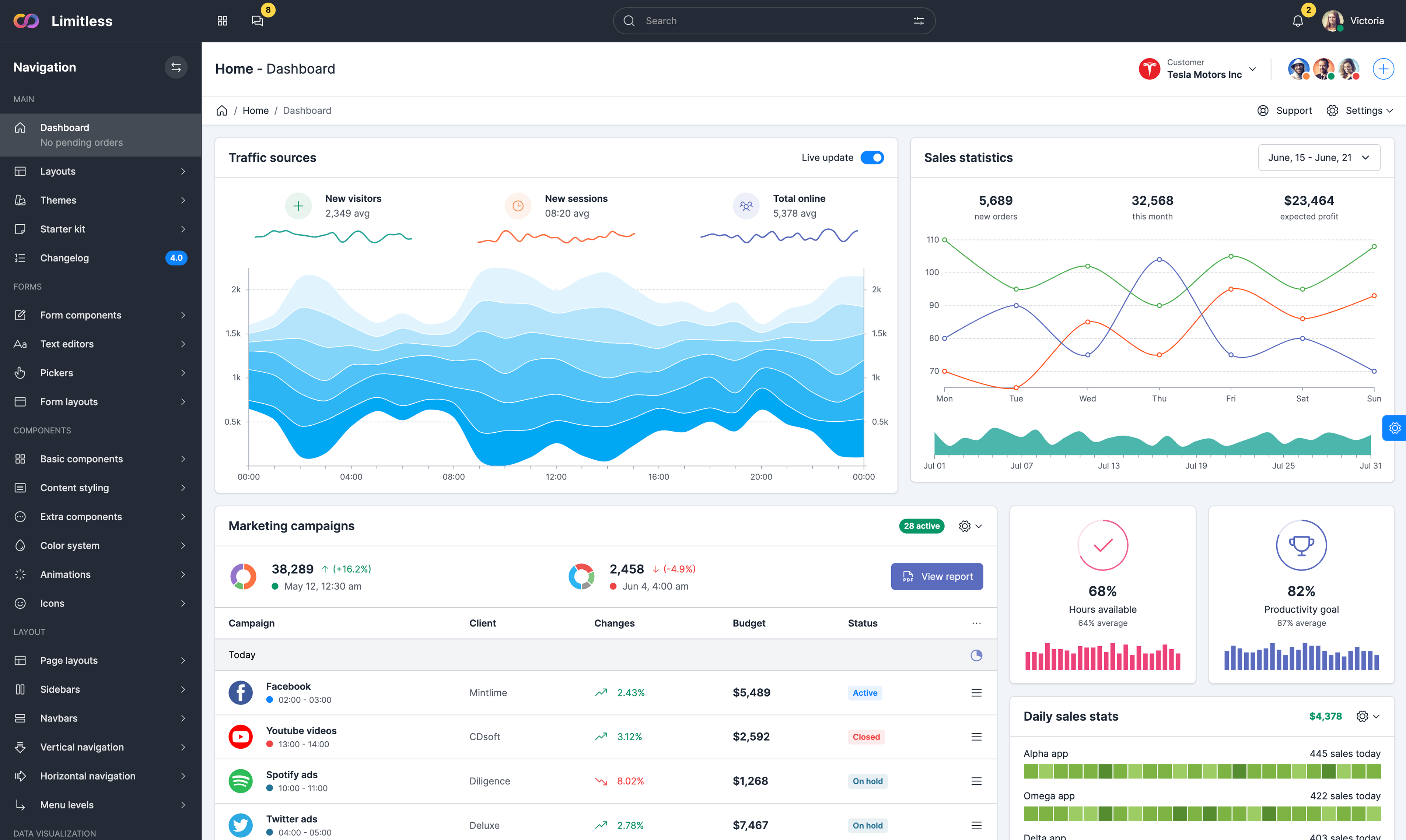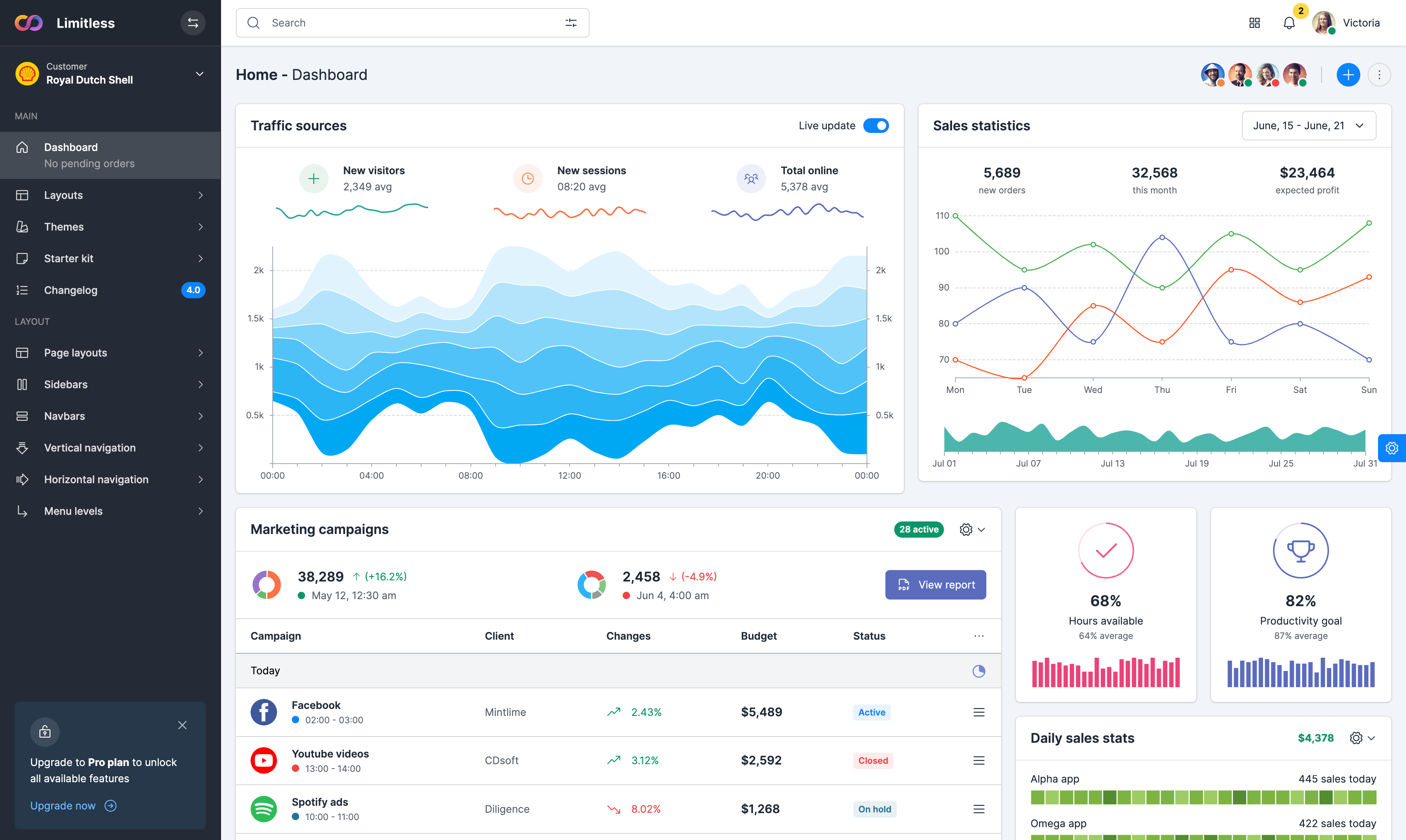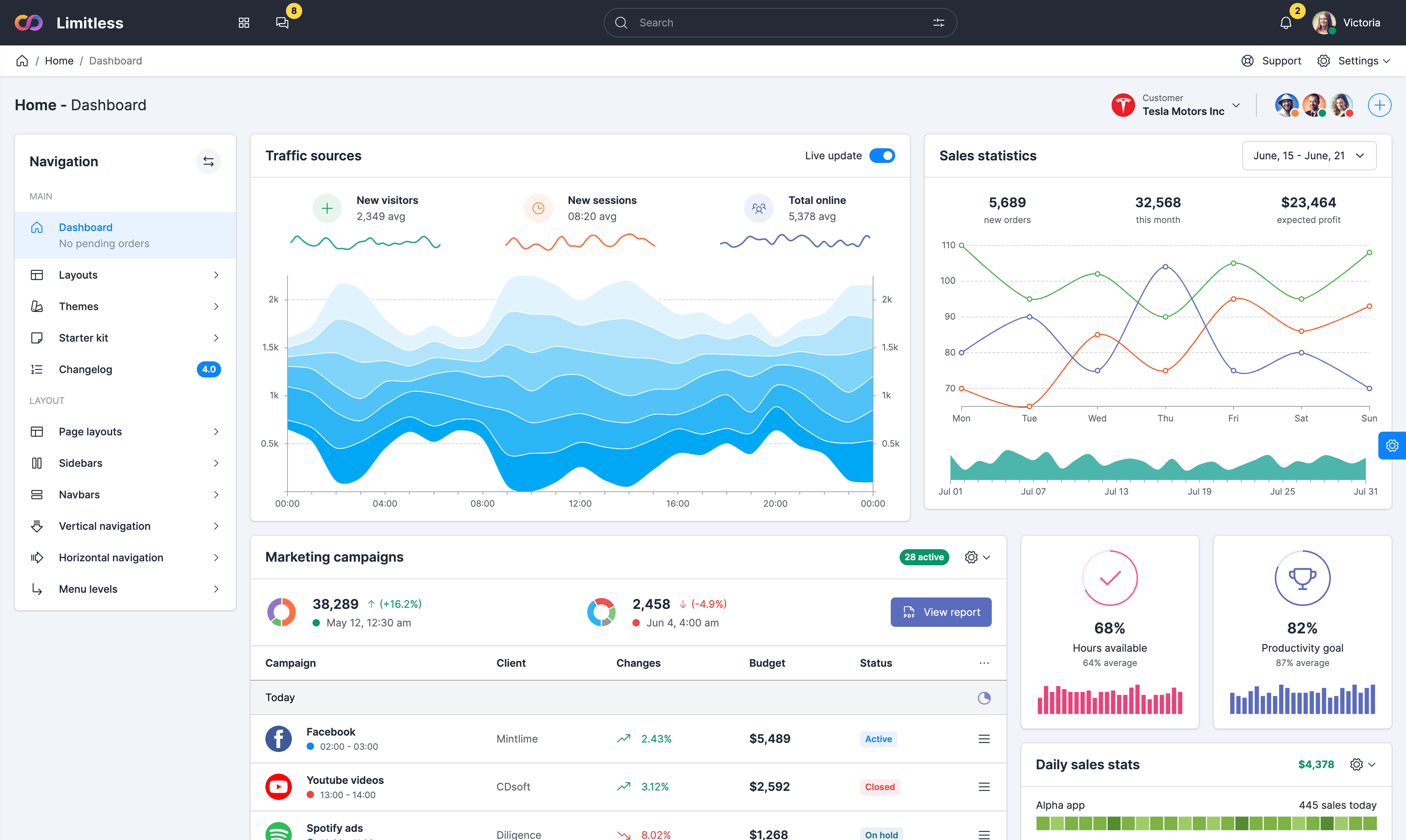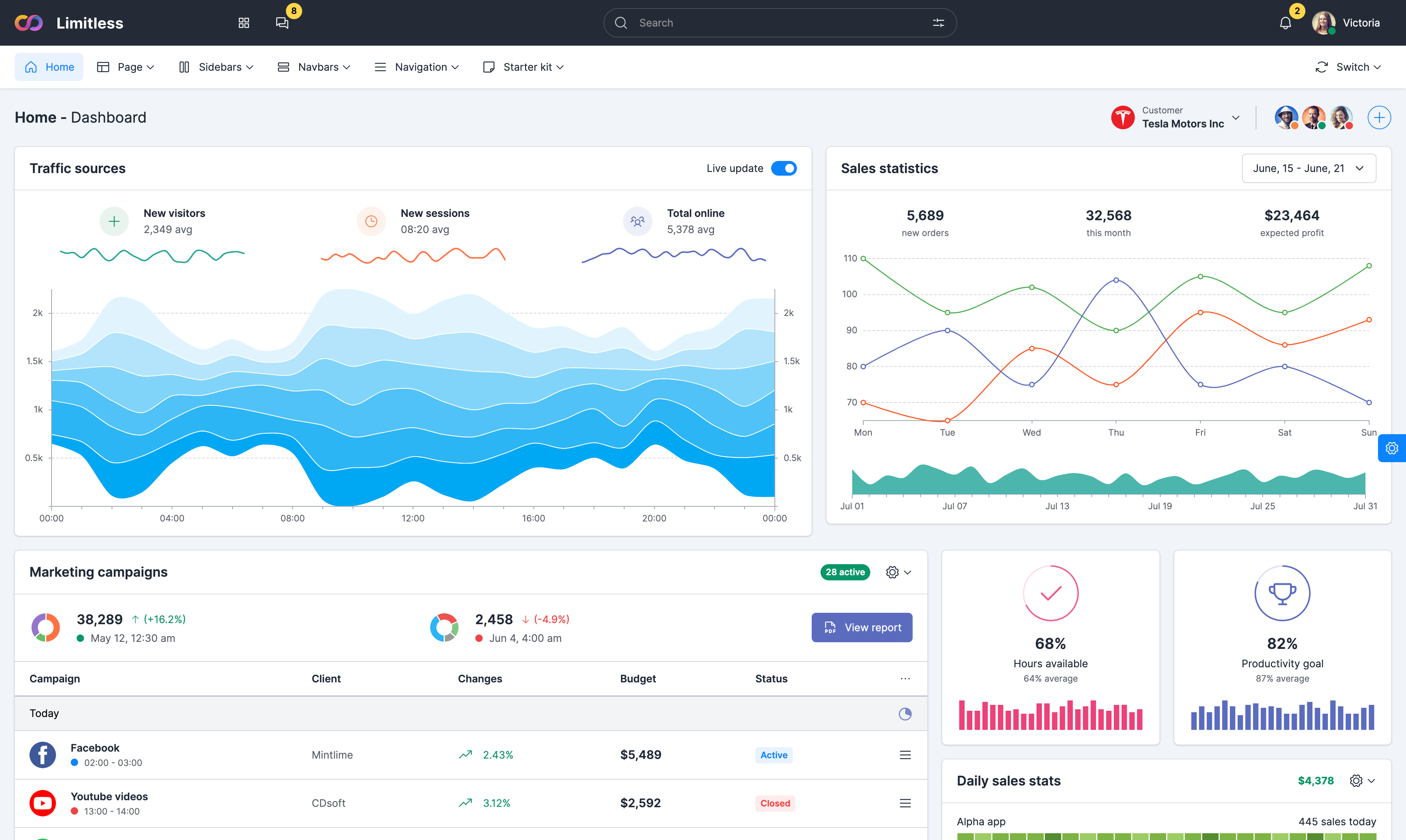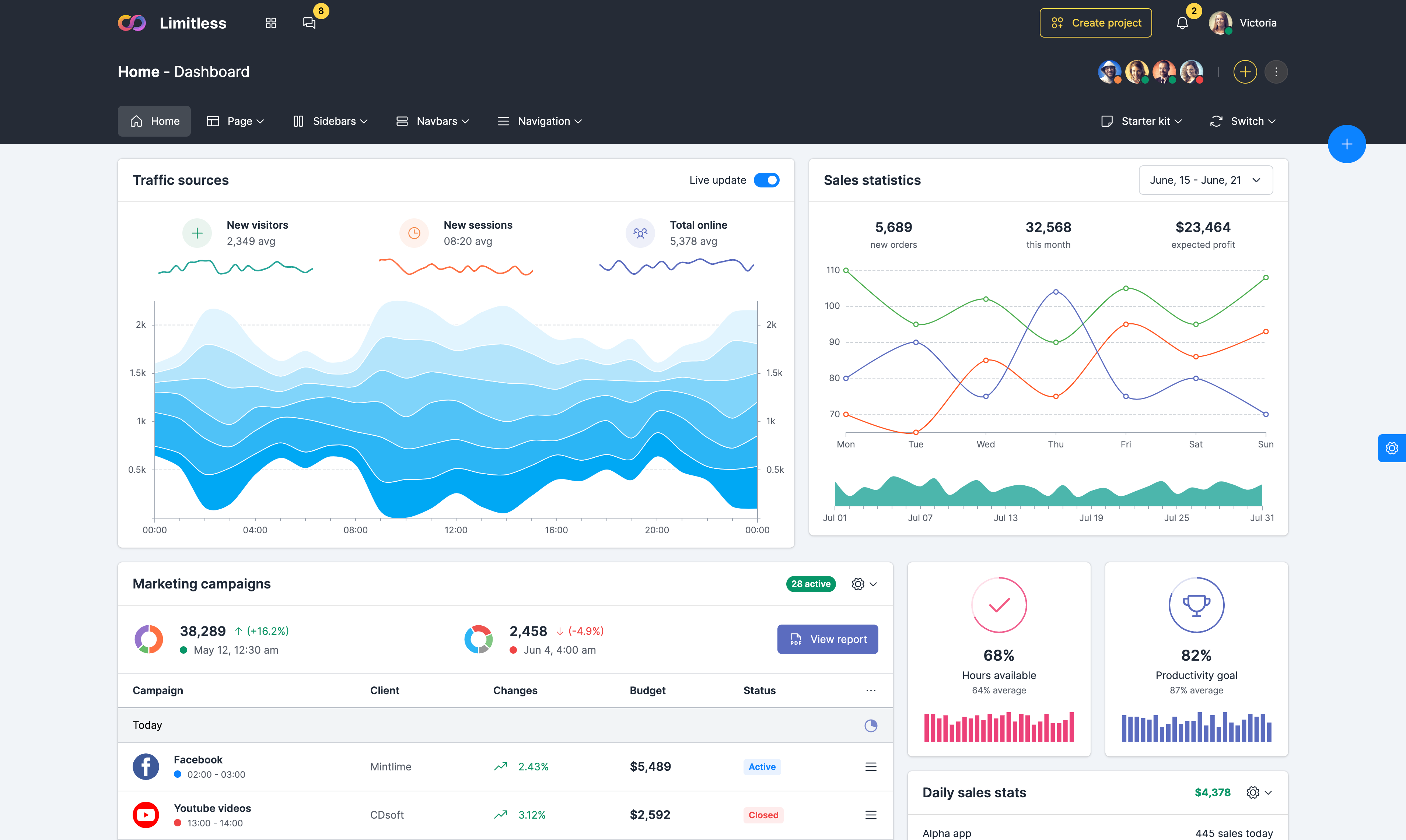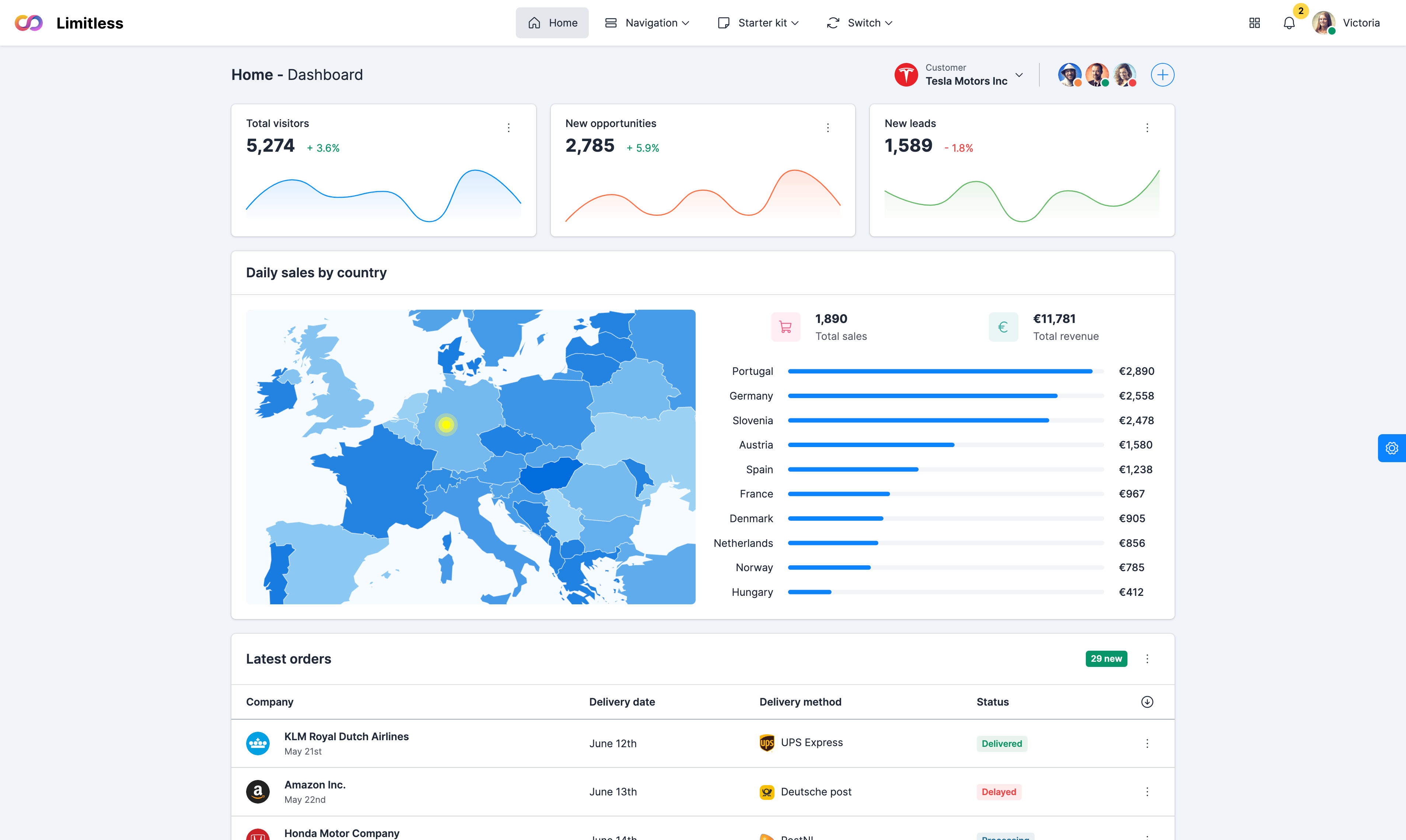Navigation
-
Main
- Dashboard No pending orders
- Layouts
- Themes
- Starter kit
- Changelog 4.0
-
Forms
- Form components
- Text editors
- Pickers
- Form layouts
-
Components
- Basic components
- Content styling
- Extra components
- Color system
- Animations
- Icons
-
Layout
- Page layouts
- Sidebars
- Navbars
- Vertical navigation
- Horizontal navigation
- Menu levels
-
Data visualization
- Echarts library
- D3 library
- C3 library
- Google charts
- Maps integration
-
Extensions
- Extensions
- File uploaders
- Event calendars
- Internationalization
-
Tables
- Basic tables
- Grid.js tables
- Data tables
- Data tables extensions
-
Page kits
- General pages
- Service pages
- User pages
- Application pages
- Widgets
Balloon editor
Balloon editor is an inline editor that lets you create your content directly in its target location with the help of a balloon toolbar that appears next to the selected editable document element, if the selection is not empty. Target element can be either textarea or a regular div. To see it in action, select some text in the editor below.
Readonly mode
The editor can be set into a read-only mode by changing the value of the Editor#isReadOnly property. The read-only mode may have several applications. It may be used to impose user-based access restriction, where a selected user or a group of users is only allowed to access the content for evaluation purposes but not change it. The feature may also be used to view content that should not be edited, like financial reports, software logs or reprinted stories. While not editable, this content will still be accessible for copying or for screen readers.


















